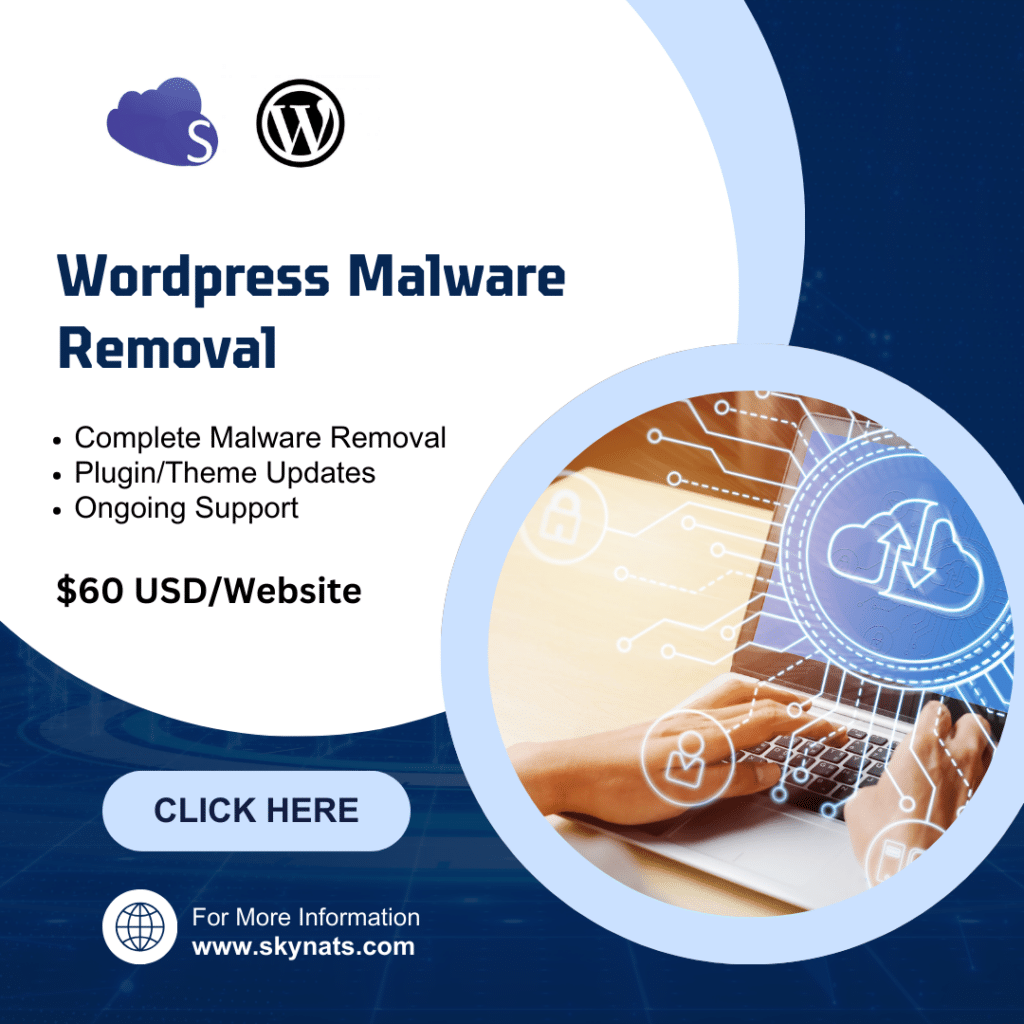Infrastructure as a Service (IaaS) is a cloud delivery model that enables on-demand access to computing resources such as networking, storage, and other infrastructure components via the internet. Without the need to buy and maintain physical hardware, IaaS enables users to develop, grow, and scale. IaaS’s power and flexibility enable it to serve a diverse range of businesses, developers, researchers, and other individuals seeking control over their infrastructure and the software contained within it.
Before IaaS, businesses were responsible for procuring and maintaining their computing hardware and software. This was costly to implement, as the hardware was expensive to purchase, and costly to maintain, as it required individuals with technical expertise to devote significant time to physical infrastructure maintenance. Scaling apps was also challenging, as businesses were frequently constrained by their on-premise infrastructure’s capacity. IaaS significantly reduces organizations’ IT costs, allowing them to reinvest the savings in development. Additionally, it is adaptable enough to allow for business growth while also promoting financial savings.
laaS vs. Paas vs. SaaS: Different
Cloud computing can be delivered in a variety of ways, most notably done through Infrastructure as a Service (IaaS), Platform as a Service (PaaS), or Software as a Service (SaaS) (SaaS). Each delivery model has distinct characteristics and each has several advantages and disadvantages depending on the user’s requirements.
Users have a degree of control over their infrastructure with IaaS, but they do not have to handle or control the physical hardware. Developers can configure their infrastructure and choose the abstraction layers they wish to use. They can layer in load balancers or even managed services such as Managed Kubernetes or Managed Databases to make application maintenance easier.
Users no longer have to manage their operating system, runtime, or other infrastructure components of their application with PaaS. PaaS is ideal for developers who don’t want to mess with their underlying infrastructure because it offers a fully managed solution. When a developer opts for PaaS, all they need to think about is their code. They can concentrate on the development work at hand while the provider takes care of the backend services and system administration. Their job is finished once they upload their code and their application goes live. PaaS products are extremely powerful, making it easier to scale, iterate quickly, and deploy quickly.
SaaS is a model for software delivery in which a third-party vendor delivers the software application via the internet. SaaS applications are typically developed within cloud infrastructures and are accessible from any location with an internet connection. With SaaS, users gain access to software provided by third-party vendors but are not responsible for the software’s development, maintenance, or modification. Users are exposed to only the interface with which they interact.
IaaS Infrastructure
IaaS consists of three primary components: compute, network, and storage. These offerings provide users with the building blocks necessary to create customized systems that can be as complex or as powerful as they require, as well as the scalability upwards or downwards in response to changing requirements.
Compute
Servers serve as the basis for IaaS computing resources. Servers are extremely powerful computers with hundreds of Central Processing Units (CPUs), hundreds or thousands of gigabytes (GBs) of Random-access memory (RAM), and thousands of GBs of storage. Servers are costly to purchase and operate, as well as time-consuming and difficult to maintain. IaaS providers operate datacenters where physical, bare-metal servers are stored. Through the use of a hypervisor, these physical servers can be partitioned into smaller “virtual machines.” These virtual machines can operate independently of the bare-metal server’s operating system and applications.
There are numerous methods for configuring a virtual machine (VM), and the architecture you choose will depend on your requirements and preferred level of abstraction. For instance, developers may
Utilize Kubernetes to containerize their code so that namespaces, which are similar to smaller, lighter virtual machines, are dedicated to a single task, such as running an application. Kubernetes then orchestrates or manages those containers on the developer’s behalf, handling traffic and scaling the application up and down automatically as required. Compute offerings frequently include optional add-ons such as load balancing, which distributes network traffic automatically to avoid system overload.
When users purchase a virtual machine via an IaaS provider, they specify the operating system, which is frequently referred to as an image, and the applications that run on that machine. Developers can easily scale vertically by adding more CPU to their virtual machines if they lack sufficient processing power, or horizontally to increase the instances and handle more load. Virtual machines are frequently quick and simple to configure. DigitalOcean’s virtual machines, droplets, can be spun up in less than a minute.
Storage
Types of storage options: file storage, object storage, and block storage.
File storage is similar to what we have on our personal computers and stores data in a single file. Because the files can coexist with one another as other data, the structure is hierarchical. For example, a file path could be “/home/photos/selfie.jpg”. Object storage, on the other hand, treats saved data as a single entity to which metadata and an identifier are appended. Object storage is concerned with the storage of entire objects over a network. These objects may include image files, log files, or HTML files. Due to its simplicity and cost savings, object storage is the most popular option. Block storage is almost certainly located beneath file or object storage. Block storage services are fairly well-known. They enable network access to a traditional block storage device and connect it to your virtual machine. It converts data to blocks of actual bytes or bits. It has an advantage over the other two in terms of data transfer speed but is not user-friendly unless abstracted by a file system, such as the one on your computer.
Benefits of laaS
Iaas is a popular choice for all types of businesses, particularly new ones because it enables them to scale up and down as required and eliminates the hassle and cost of maintaining their servers.
Cost: Users can avoid the high up-front costs and significant overhead associated with purchasing and maintaining their own physical data centers by using cloud computing services. They can pay only for what they use each month, which means that costs will rise and fall in tandem with usage.
Scale: Users can avoid the high upfront costs and high overhead associated with buying and maintaining physical datacenters. They can pay only for what they require each month, allowing costs to fluctuate according to usage.
Availability: As demand grows, IaaS allows users to scale easily and quickly, either automatically or with a few management and resources.
Increased stability and reliability: With multiple data centers to choose from, users can host their applications closer to their end customers, reducing latency and providing customer satisfaction.
Disaster recovery: Users don’t have to worry about technical support, software updates, or troubleshooting equipment issues when they use IaaS. Users can also expect an uptime guarantee from IaaS providers, ensuring that their services are always available.
Speed and flexibility: The ability to recover or access applications in the event of a disaster or outage without incurring the high costs of additional technology and staff.
Considerations when using IaaS
IaaS is a wonderful solution that can benefit users of all types due to its power and flexibility. There are a few things to think about when considering IaaS as a solution for your application.
Regulation
Some industries, such as healthcare and finance, have stringent regulations regarding the storage and use of customer data, and may not allow data to be stored in public clouds. Data protection and privacy laws in the place where their services are used must also be considered by organizations.
Security
All of the major cloud providers are regulated and have strict security requirements in place, as well as entire security teams and other experts dedicated to data security. Despite this, cloud services are vulnerable to security threats. While these situations are extremely rare, it’s a good idea to learn how the cloud service provider secures data and how customers can secure their data further.
Customers running legacy apps in the cloud may also discover that the infrastructure is not designed to secure the legacy apps, potentially resulting in new security problems. This is highly variable and will be determined by the technology used.
Data loss
While extremely rare, cloud services, like physical devices, can permanently lose stored data due to physical disasters, bugs, user-generated errors, or other issues. Find out what backup services an IaaS provider offers and if there is a fee for those services when choosing an IaaS provider. You can also perform backups on your own.
Data persistence
Data can be used by providers for a variety of purposes, including gaining insight into how their product is used, selling or personalizing ads, and training machine learning algorithms. Before giving a provider access, find out what policies they have for using and deleting data.
Vendor lock-in
Vendor lock-in may be a greater risk for users of proprietary cloud services. It’s easier to move computing operations from one provider to another when you use open-source cloud solutions.
Loss of user control and visibility
It’s difficult for users to have full visibility and control over their computing environments when they use third-party computing resources. Some risks can be mitigated by implementing, monitoring, and analytics tools that provide users with real-time information about infrastructure performance.
Are you interested in learning more about IaaS and determining whether it is a good fit for your business? DigitalOcean (DigitalOcean support) provides a range of straightforward solutions and products to meet the needs. Explore the possibilities offered by DigitalOcean’s IaaS offerings and predictable pricing.


